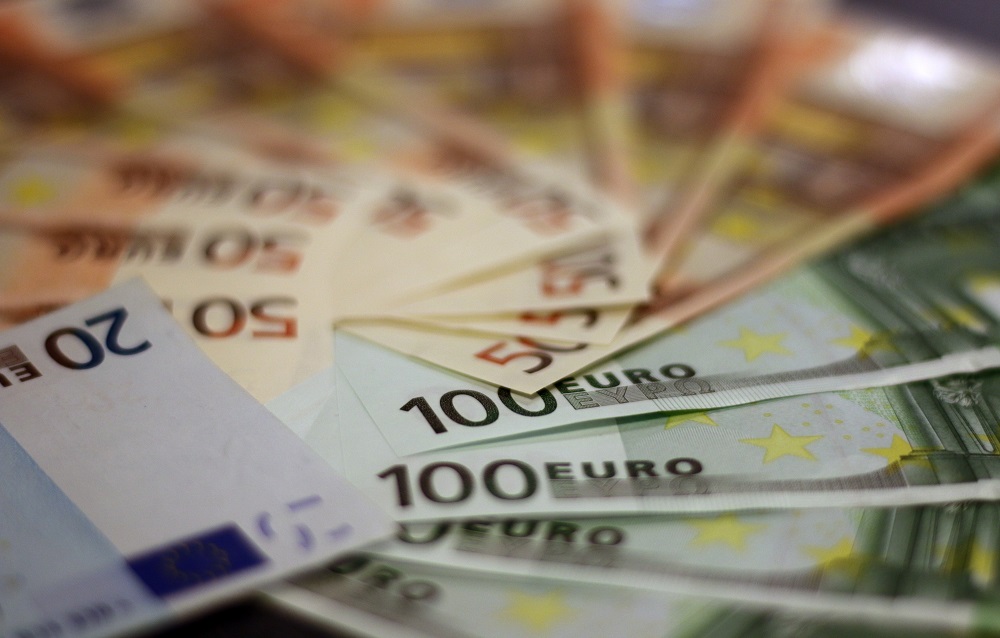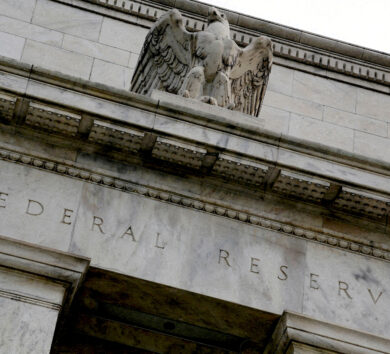

The European Union statistical office (Eurostat) is reporting seasonal economic growth in the fourth quarter of 2022 in both the European Union (EU) and Euro Area.
In the Euro Area, the seasonal gross domestic product (GDP) rose by 1.8 per cent and by 1.7 per cent in the EU during the fourth quarter of 2022. This follows increases of +2.4 per cent in the Euro Area and 2.6 per cent in the EU in the prior quarter.
Following growth of 5.3 per cent and 5.4 per cent in the Euro region and the EU, respectively, in 2021, GDP climbed by 3.5 per cent overall in 2022. After rising by 1.9 per cent in the preceding quarter, GDP climbed 0.9 per cent compared to the same quarter last year.
GDP growth by member state
Greece (+1.4 per cent), Malta (+1.2 per cent), and Cyprus (+1.1 per cent) had the highest GDP growth rates compared to the prior quarter. Poland (-2.4 per cent), Estonia (-1.6 per cent), and Finland (-0.6 per cent) saw the largest drops.
GDP components and contributions to growth

After increasing by 0.9 per cent in the Euro Area and by 0.7 per cent in the EU during the previous quarter, household final consumption expenditure declined by 0.9 per cent in the Euro Area and by 0.8 per cent in the EU during the fourth quarter of 2022. After declining by -0.2 per cent in both regions the previous quarter, government final consumption expenditure climbed by 0.7 per cent in the EU and the Euro Area.
After increasing by 3.9 per cent and 3.5 per cent respectively, gross fixed capital formation fell by 3.6 per cent in the Euro Area and by 2.8 per cent across the EU. After rising by 1.7 per cent and +1.9 per cent, exports in the Euro Area grew by 0.1 per cent and stayed steady in the EU. Both the EU and the Euro Area saw a 1.9 per cent decline in imports (following increases of 4.2 per cent and 3.9 per cent in the previous quarter, respectively).
Household final consumption expenditure
Both in the EU and the Euro Area, household final consumption expenditure had a negative impact on GDP growth (-0.4 percentage points – pp in both zones). For both zones, the contributions from final government spending were positive (+0.2 per cent for the Euro Area and +0.1 pp for the EU).

Gross fixed capital formation had a negative contribution to the Euro Area (-0.8 pp) and the EU (-0.6 pp). The external balance made positive contributions (+1.0 pp for the Euro region and +0.9 pp for the EU).
The Euro region (+0.1 per cent) saw positive contributions from inventory adjustments, while the EU saw negative contributions (-0.1 pp).
GDP levels in the euro area and EU
Based on data that has been corrected for seasonality, GDP volumes in the EU and the Euro Area were 2.4 per cent and 2.8 per cent, respectively, higher than the levels seen in the fourth quarter of 2019—previous to the COVID-19 epidemic. The GDP for the US increased by 5.1 per cent from the fourth quarter of 2019 levels.







Comments